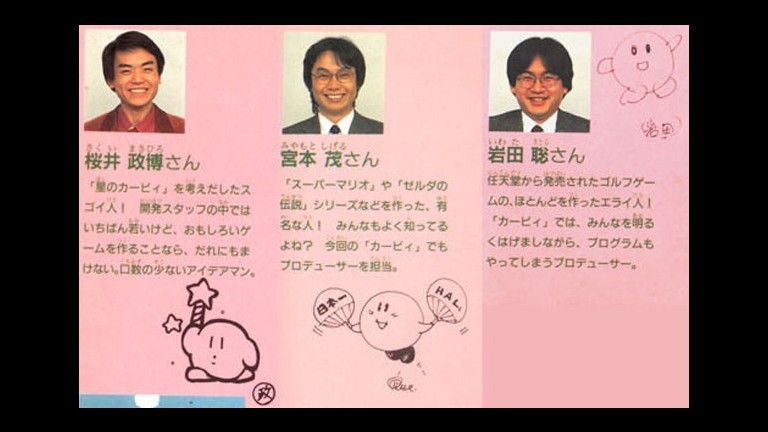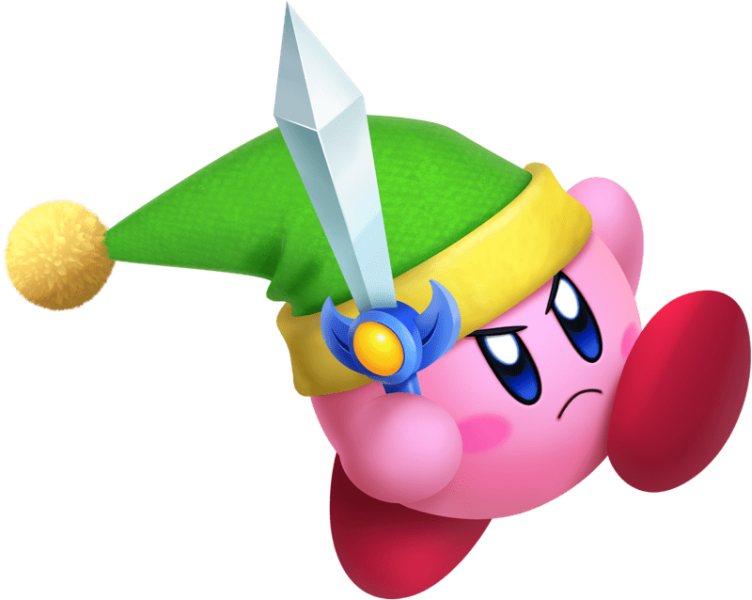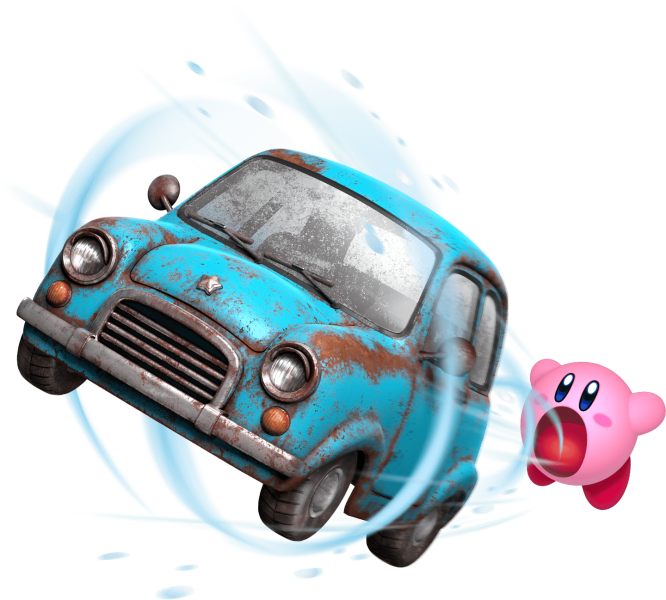Kirby And The Walk Down Memory Lane: A Series Retrospective

You wouldn’t guess it from his child-like appearance, but gaming’s much-loved spherical hero turned 30 this year. Kirby began his career in 1992 with his first adventure. Since then, Kirby is a star in many games and has appeared in many more. The long-running franchise is among video games’ best-selling. Kirby and the Forgotten Land is the title that was the best-selling in the series. It released its first game, Kirby and the Forgotten Land on March 20, 2022. It’s not only breaking series records but also sucked in a whole new generation of fans. To celebrate the formidable gumball’s third decade in the industry, we’re looking back at the franchise, from how it started to where it’s floating now.
Kirby Creator Connections
“Even when our customers played the games we developed, I think they played them thinking, ‘This game was developed by Nintendo.’ And, well, that wasn’t good.”
This is how Masayoshi Tanimura, current chairman of the board of Kirby-developer HAL Laboratory, explains the company’s unique logo – a dog nestled around three eggs in a nest – on the company’s website. The studio has had to contend with the issue of a misinterpreted developer identity throughout its history. Asking who developed the powerful puffball’s latest title inevitably leads to a few still guessing Nintendo, while others might suppose his origins lie with the Super Smash Bros. series. While these are off the mark, there is good reason players make the associations, as HAL Laboratory – and Kirby – are intimately linked to both.

The image above comes from an official strategy guide for the pink powerhouse’s second title, Kirby’s Adventure. It shows three crucial figures in the game’s creation attempting to draw the protagonist by hand. Take a closer look. If you recognize them, you may begin to understand how Kirby connects some of gaming’s giants.
Masahiro Saurai is on the left. Some fans might recognize Sakurai as the face behind the Super Smash Bros. series, featured in numerous presentations for Ultimate’s various character reveals. Kirby was created by HAL Laboratory’s former game director and designer, almost ten years ago.
Satoru and Shigeru Iwata are Nintendo’s legends. Miyamoto, famously the designer behind Mario, Zelda, and more, is now one of Nintendo’s most familiar faces and directors, but he also played a role in Kirby’s development. Talking to Game Informer in 2011, Miyamoto discussed the character’s early years, confirming Kirby’s name was partially a nod to John Kirby, a lawyer who represented Nintendo.
SatoruIwata, Nintendo President before his passing in 2015, was also known as Iwata. Iwata, before his rise to the top, was an HAL Laboratory programmer who worked on formative Kirby titles. The above photo shows that he had many talents. However, free-hand drawing wasn’t one of them.
Start the Dream
Although Kirby didn’t have the now-iconic copy abilities when he arrived on the 8-bit scene for the first time, he spent his early gaming days transforming. When Sakurai began work on what would eventually become Kirby’s Dream Land, he created a quick, spherical model for the main character. This was a placeholder to allow the team to create a better design. The developers were so attached to this cute, simple character that they won’t reveal what the more complex design might look like. With a few tweaks, Kirby’s round form was born.
Throughout development, the name and game of the protagonist was constantly changing. Kirby was initially called Popopo. Thus, the many titles created by the studio for the game featured this noun. The continuous alterations led to the franchise’s first title getting a few interesting marketing variations. For example, it’s possible to find published references to Twinkle Popo, an early game title, and Kirby’s Dream Land’s official North American cover art famously features a pale protagonist rather than the pink one Sakurai envisioned.
Throughout the ’90s, the franchise’s lore grew along with Kirby’s powers. The initial title introduced his home – Dream Land on Planet Popstar – series antagonist King Dedede, and Kirby’s all-consuming talents. The next installment debuted the pastel puffball’s unique gift of taking on the abilities and appearance of those he gobbled up. It was a quick success, prompting the creators of the series to immediately follow up on the mainline titles as well as expand into spinoffs. Kirby tried puzzles, played golf and invaded pinball machines. However, with a new generation of Nintendo hardware on the horizon, Sakurai’s creation was about to step into the next level.

An additional dimension
The franchise’s first game starring Kirby in all his puffy, 3D glory was Kirby 64: The Crystal Shards. Despite the new frontier, the gameplay didn’t alter radically. At its core, this title was a 2D side-scroller. It had a fresh, modern look. While this was the first Kirby game with 3D graphics, it certainly wasn’t the first time the character had been in a HAL Laboratory game flirting with 3D.
The year before Kirby 64 was released, Sakurai debuted a Nintendo-centric fighting game pitting the publisher’s biggest icons against each other, called Super Smash Bros. Kirby earned a place on the initial roster, attracting a new audience. Sakurai became increasingly less involved with the development of Kirby’s 3D titles and soon after left HAL Laboratory. Despite the creator’s absence, the franchise continued floating along into the new era with a mostly warm reception from fans and critics alike.

Moving forward, looking back
Throughout the later 2000s, the franchise’s major titles stayed firmly rooted in the past. Even more than a decade after Kirby leaped into 3D, games like Kirby’s Return to Dreamland stuck to the signature side-scrolling formula. In 2012, HAL Laboratory marked the character’s 20th anniversary with a Wii collection that included six early entries.
Although Kirby has been on a number of platforms that have had steady releases for many years, this latest adventure showed the pink hero still can pull off some surprising results. Kirby and the Forgotten Land was the franchise’s first foray into an open-world-like structure, and the new direction is paying off.
The report was compiled by GamesIndustry.biz, the title broke the series’ launch records in the U.K., outselling the previous first-week record-holder nearly three times over. The predecessor of the title was a Switch title called Kirby Star Allies. The mascot seems to be gaining momentum with the new-gen Nintendo console. Fans are eagerer than ever for Kirby’s next adventure.
#Kirby #Walk #Memory #Lane #Series #Retrospective








